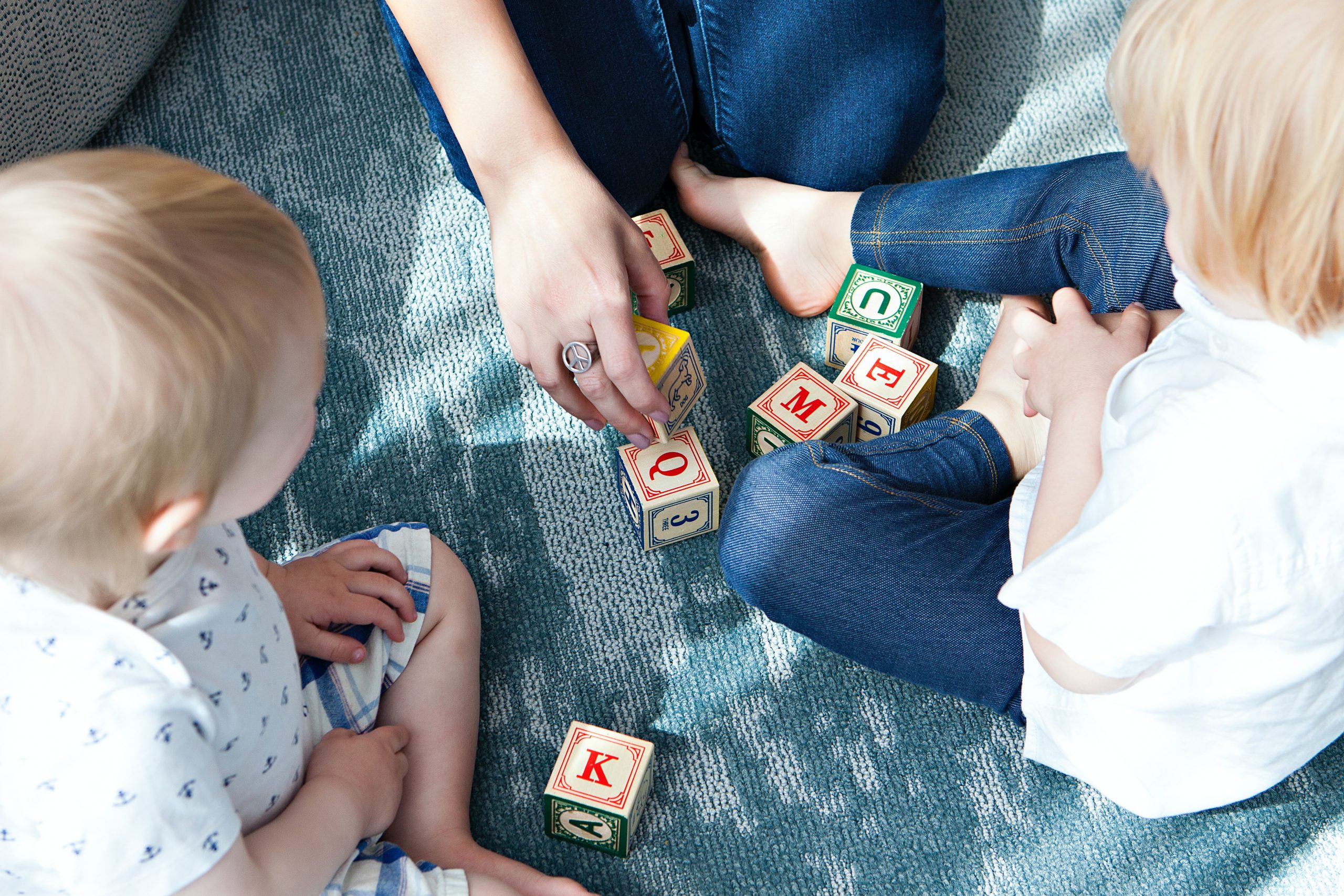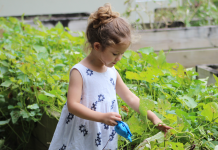It was a normal afternoon—making dinner, tidying up the house, and getting ready for our family’s evening routine. Blocks filled the living room floor as the kids built, bringing their ideas to life. Once the top block was placed, all the happy feelings and joy were seen. Then the dog came running around the corner and knocked over that creation they worked so hard to build. Screams, yelling, and a full-on tantrum began. As a parent, I asked myself: how could I handle this? What could I say? Is there something I could do?

What is Emotional Regulation?
We are all born with emotions that are not already instilled in our brains. In particular, children’s emotional reactions can be seen as crying, frustration, laughing, or smiling. They learn about other emotions as they grow older. Parents can help children understand those feelings through emotional regulation.
Emotional regulation (self-regulation) is the ability to monitor and balance emotions, when and how they are experienced and expressed. Learning to self-regulate is a key milestone in child development. Parents should notice, monitor, and recognize feelings and adapt them to each situation. This doesn’t mean ignoring negative feelings—we need to allow children to feel all emotions. So, what can parents do to understand your child’s emotional regulation?
Parents Modeling Emotional Regulation Skills
Children learn through modeling and observing their parents’ every move: internalizing, and then mimicking their behaviors. They watch how parents control strong feelings and impulses while working to adopt better emotional regulation skills. We can help our children by modeling positive emotions and emotion regulation and expose our children to positive environments with good self-regulatory skills.
Responsive, Warm, Accepting Parenting
Responsive, warm, and accepting parenting practices can help children develop good emotional self-regulation. When parents are responsive, their children associate them with comfort and relief from stress. To create a positive family climate, parents can express genuine positive emotions, seek help to better handle marital conflicts or negative personalities within the family, and work on improving parent-child relationships and relationships among siblings.
Permission to Feel What They Feel
Children need reassurance that what they feel is real. If parents try to make their children feel something they don’t feel, then there will be a negative result—including more negative emotions. Getting down on the child’s level and letting them be heard is key. Using these techniques will help you know what to do when the screams, yelling and tantrums begin.










